Exploring the world of vintage design offers a unique opportunity to connect with like-minded individuals who share a passion for retro and timeless styles. The vintage design community is a vibrant hub where enthusiasts come together to celebrate the beauty of classic designs, historical influences, and the art of reviving old-school aesthetics. Whether you’re a seasoned designer or just dipping your toes into the world of vintage, joining such a community can enrich your creative journey and provide valuable insights into the evolution of design movements.
Key Takeaways
- Embrace Timeless Aesthetics: Design a vintage living room with muted color palettes like beige, cream, or brown for a warm, classic look.
- Enhance Texture: Use hardwood floors or tiles as a base and incorporate area rugs with intricate patterns for added warmth.
- Seating with Style: Opt for comfortable, stylish furniture with muted colors and rolled-arm chairs for vintage charm.
- Elegant Lighting: Install table lamps with bulbous shapes or Edison bulbs, and use pendant lights with frosted glass shades.
- Vintage-Inspired Decor: Add artwork, mirrors, and decorative elements like clocks and plants in vintage pots.
- Furniture Selection: Repurpose old pieces or choose mid-century modern designs for a personal touch.
- Personal History: Upcycle items and display family heirlooms or photos in vintage frames.
- Layout and Flow: Arrange furniture cohesively around a central area for an inviting space.
- Mix Textures and Patterns: Use fabrics like velvet and linen in key areas to avoid clutter.
- Balance Vintage and Modern: Use the 20-80 rule to mix styles, pairing vintage elements with modern accents.
- Colorful Combinations: Combine warm vintage colors with cool modern tones for a balanced look.
- Furniture Fusion: Pair vintage sofas with modern tables and vice versa for a thoughtful blend.
- Accessorize Thoughtfully: Use vintage lighting and modern accessories like abstract art or plants.
- Infuse Personality: Let your style shine with family heirlooms or unique modern pieces.
- Maintain Balance: Avoid overwhelming spaces by sticking to the 20-80 rule.
- Comfort First: Prioritize comfort with vintage-inspired chairs and modern cushions.
- Experiment and Evolve: Decorate personally, adding pieces that resonate over time.
- Timeless Design Elements: Incorporate mid-century modern, Art Deco, or Victorian furniture and decor.
- Muted Tones: Opt for earthy hues like deep greens and warm browns for a vintage feel.
- Rich Textures: Use vintage fabrics and wallpapers with floral or geometric motifs.
- Classic Lighting: Statement fixtures like chandeliers enhance the vintage ambiance.
- Personal Touches: Add heirlooms and unique artifacts for authenticity.
- Modern and Vintage Blend: Balance eras by mixing vintage pieces with contemporary elements.
- Layered Textures: Use various materials like wood, metal, and glass for depth.
- Proportional Pieces: Ensure furniture scales match the room for harmony.
- Function Meets Aesthetic: Choose vintage-style furniture with modern ergonomics.
- Examples of Vintage Rooms: Create cohesive looks with mid-century modern sofas and Victorian beds.
- Flooring and Windows: Use hardwood floors and vintage-inspired curtains for classic finishes.
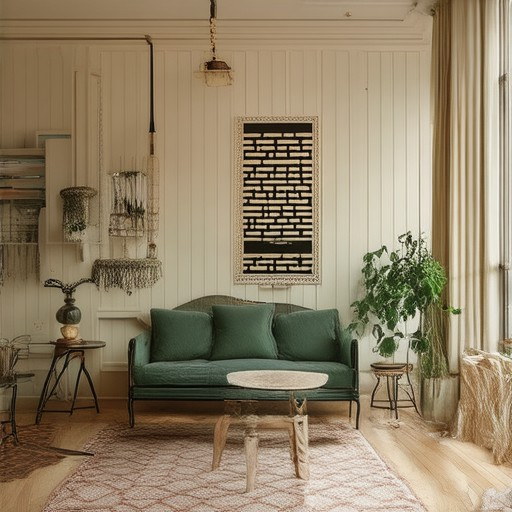
What Are Design Communities?
Design communities are online platforms or groups where individuals who share a passion for design can connect, collaborate, and inspire each other. These communities provide a space for designers to showcase their work, receive feedback, explore trends, and learn from others in the field. They often serve as hubs for creativity and professional growth, fostering connections between designers of all levels.
Benefits of Joining Design Communities
- Networking Opportunities : Connect with fellow designers, artists, and creative professionals worldwide.
- Feedback and Support : Share your designs and receive constructive criticism to improve your work.
- Inspiration and Trends : Discover new tools, techniques, and design trends to stay ahead in your career.
- Portfolio Showcase : Present your work to potential clients, collaborators, or employers.
Popular Design Communities
- Dribbble
A leading design community where members can upload projects, join discussions, and connect with other creatives. Visit Dribbble - Behance
Known for its extensive portfolio functionality, Behance allows designers to showcase their work and get feedback from the global creative community. Visit Behance - Adobe Creative Cloud Community
A platform specifically for Adobe product users, this community offers forums, tutorials, and project sharing opportunities. Visit Adobe CC Community - InDesign Community
A niche community focused on Adobe InDesign users, offering support, tutorials, and project showcases. Visit InDesign Community - Figma Community
A collaborative design tool community where users can share workflows, tips, and projects. Visit Figma Community - Canva Community
A vibrant community centered around graphic design tools, offering templates, tutorials, and inspiration. Visit Canva Community
These communities play a vital role in connecting designers and helping them grow their skills and careers. Whether you’re looking to network, get feedback, or stay updated on design trends, there’s a community for everyone.
Understanding Retro and Vintage Design
Retro and Vintage are two distinct design styles that reflect different approaches to timelessness and authenticity.
What is Retro Design?
- Retro design refers to the deliberate revival or replication of design elements from past eras.
- These designs often mimic the aesthetic of a specific time period, such as the 1950s, 60s, or 70s.
- Retro styles are typically contemporary creations that draw inspiration from historical or classic designs.
- Examples include mid-century modern furniture, 80s neon signs, or 90s grunge fashion.
What is Vintage Design?
- Vintage design refers to items that are authentically from a particular era, usually at least 20 years old.
- Vintage pieces are original and have aged over time, retaining their historical value and patina.
- Vintage designs are not recreated but are preserved and celebrated for their uniqueness and history.
- Examples include antique jewelry, classic cars, or vintage clothing from the early 20th century.
Differences Between Retro and Vintage
- Authenticity: Vintage is original, while Retro is a modern interpretation.
- Age: Vintage items are at least 20 years old, whereas Retro can be inspired by older designs but may not necessarily be old themselves.
- Purpose: Vintage is about preservation and historical significance, while Retro is about reviving or updating past styles.
- Cultural Context: Vintage reflects the past as it was, while Retro often carries a sense of nostalgia for a bygone era.
How Do They Coexist Today?
Retro and Vintage design influences are everywhere in modern culture. From fashion to home decor, these styles continue to inspire new creations while preserving their unique identities. Whether you prefer the authentic charm of Vintage or the playful nostalgia of Retro, both offer a bridge between the past and present.
Explore our curated collection of Retro and Vintage items at RetroSales.org , where history meets modern style.
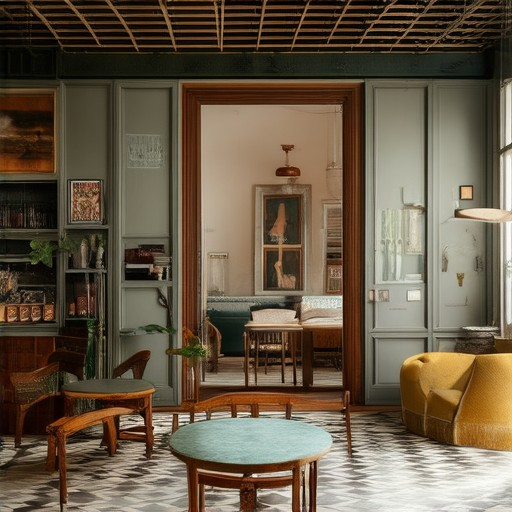
What Makes a Design Vintage?
A design is considered vintage if it embodies the essence of a specific historical era, showcasing distinctive characteristics that reflect the cultural, social, and artistic norms of that time. Here are the key elements that define a vintage design:
- Era-Specific Style: Vintage designs are rooted in a particular time period, often characterized by unique motifs and aesthetics. For example, mid-century modern designs from the 1930s-1970s feature streamlined forms and geometric patterns, while art deco styles from the 1920s emphasize intricate geometric shapes and rich textures.
- Craftsmanship: Vintage items are typically crafted with precision and care, utilizing high-quality materials and skilled craftsmanship. This attention to detail ensures durability and a timeless appeal, distinguishing them from mass-produced contemporary pieces.
- Aesthetic Appeal: Vintage designs often possess a distinct visual charm that combines functionality with beauty. They avoid excessive ornamentation, focusing instead on clean lines, proportion, and a harmonious balance between form and function.
- Historical Connection: Vintage designs carry a story of their time, often serving as artifacts that reflect broader cultural shifts. They may have influenced later design movements or hold significant cultural importance, making them valuable historical documents.
- Nostalgia Factor: The allure of vintage designs lies in their ability to evoke nostalgia, transporting users to a bygone era. This emotional connection creates a sense of authenticity and uniqueness, appealing to those who appreciate the charm of the past.
- Sustainability: Many vintage designs encourage a slower, more mindful approach to consumption by promoting the reuse and repurposing of older pieces. This aligns with growing interest in eco-friendly practices and a reduced emphasis on fast fashion.
Vintage designs continue to captivate modern audiences due to their timeless elegance and the stories they tell. By embracing the qualities that define vintage design, we honor the creativity of the past while finding inspiration for the future.

How to Design a Vintage Living Room
To design a vintage living room, focus on creating a timeless and cozy space that reflects classic aesthetics. Here’s a step-by-step guide:
- Choose a Color Palette : Opt for muted, earthy tones like beige, cream, or brown to mimic the warmth of vintage interiors. Introduce a subtle pop of color with feature walls or curtains for a balanced look.
- Flooring : Use hardwood floors or tiles for a classic base. Add area rugs with intricate patterns to enhance texture and warmth.
- Seating : Select comfortable yet stylish furniture, such as a plush sofa in a muted color. Incorporate armchairs with rolled arms for added vintage charm. Add a footstool and decorate with throw pillows for extra comfort and style.
- Lighting : Install table lamps with bulbous shapes or Edison bulbs for ambient lighting. Use pendant lights with frosted glass shades for a touch of elegance. Ensure natural light flows through windows to minimize artificial lighting needs.
- Decor Accents : Add vintage-inspired artwork, such as portraits or landscapes. Use mirrors with gilded frames to reflect light and enhance the room’s elegance. Include decorative elements like vintage clocks and curio cabinets filled with trinkets. Consider plants in vintage-style pots for a lively touch.
- Furniture Selection : Seek mid-century modern pieces or repurpose old furniture for a personal touch. Balance functionality with aesthetics, ensuring comfort and durability.
- Personal Touches : Upcycle old items to infuse the room with unique character. Display family heirlooms or photos in vintage frames to add personal history.
- Layout and Flow : Arrange furniture to create a cohesive and inviting space, grouping pieces around a central area for better flow.
- Texture and Pattern : Mix textures in fabrics like velvet and linen, focusing on key areas such as curtains or throw pillows to avoid clutter.
By thoughtfully combining these elements, you’ll create a vintage living room that feels timeless, cozy, and distinctly yours.
How to Mix Vintage and Modern Decor
Mixing vintage and modern decor can create a unique and eclectic style that combines the charm of the past with the sophistication of the present. Here’s a guide to achieving this blend seamlessly:
1. Assess Your Space
Before diving into decor, evaluate your space’s layout and color scheme. Consider which areas can benefit from vintage elements and which may shine with modern accents.
2. Apply the 20-80 Rule
As a general guideline, aim for 20% vintage and 80% modern items. This ratio helps maintain balance without overwhelming the space with one style.
3. Choose a Color Palette
Combine warm, rich vintage colors with cool, neutral modern tones. For instance, a vintage-inspired rug can ground a room, while modern paint colors can brighten the space.
4. Mix Furniture Thoughtfully
- Pair a vintage sofa with modern coffee tables or sideboards.
- Add a vintage armchair to a modern seating arrangement for contrast.
- Use modern furniture to complement vintage pieces, ensuring shapes and textures align.
5. Accessorize with care
- Introduce vintage lighting, like chandeliers or pendant lights, to add elegance.
- Use modern accessories, such as abstract art or houseplants, to freshen up vintage spaces.
6. Personal Touch
Don’t hesitate to infuse your personality. Whether it’s a vintage family heirloom or a modern statement piece, let your style shine.
7. Example Combinations
- Vintage curtains paired with a modern rug and throw pillows.
- A vintage mirror framed by modern artwork above a sleek console table.
8. Maintain Balance
Balance is key. Too much vintage or modern can overwhelm the space. Stick to the 20-80 rule and adjust based on your preferences.
9. Embrace Comfort
Regardless of style, prioritize comfort. A vintage-inspired chair with modern cushions or a modern sectional with vintage accents can both be cozy options.
10. Experiment and Evolve
Decorating is a personal journey. Feel free to experiment and evolve your style over time, adding pieces that resonate with you.
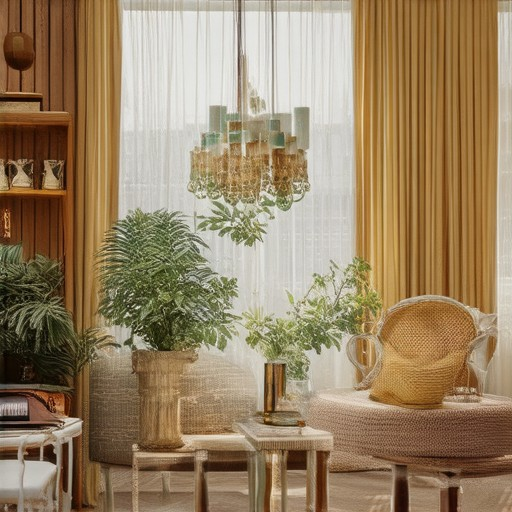
What Makes a Room Vintage?
A room can be considered vintage if it embodies the essence of a bygone era, reflecting the design aesthetics, color palettes, and furnishings characteristic of a specific time period, typically the late 19th to mid-20th centuries. Here’s a breakdown of the key elements that define a vintage room:
1. Timeless Design Elements
- Furniture : Incorporate pieces from mid-century modern, Art Deco, or Victorian eras. Look for items like retro credenzas, antique armoires, or mid-century modern chairs that carry historical significance.
- Decor : Use vintage accessories such as vintage lamps, brass fixtures, or decorative items from the mid-20th century. These elements add authenticity to the room’s aesthetic.
2. Color Palette
- Muted Tones : Opt for earthy hues, deep greens, warm browns, and muted blues. These colors evoke a sense of history and timelessness, aligning with the ambiance of a vintage room.
3. Textures and Patterns
- Fabrics : Utilize vintage fabrics with intricate patterns or textures, such as damask, velvet, or linen. These fabrics contribute to the room’s layers and add visual interest.
- Wallpaper : Consider installing vintage-inspired wallpaper with floral motifs, geometric designs, or classical patterns that reflect the era.
4. Lighting
- Classic Fixtures : Install statement lighting like chandeliers, pendant lights, or wall sconces with a retro or Art Deco design. These fixtures enhance the vintage feel.
5. Personal Touches
- Heirlooms : Integrate family heirlooms or unique artifacts that hold sentimental value. These items add a personal story to the room, making it feel lived-in and authentic.
6. Balance Between Authenticity and Modernity
- Mixing Eras : Combine vintage pieces with modern elements to avoid a dated appearance. This balance ensures the room remains stylish and relevant while maintaining its vintage charm.
7. Layered Textures and Finishes
- Materials : Use a variety of materials like wood, metal, and glass to create depth. This layering enhances the room’s dimensionality and historical feel.
8. Proportion and Scale
- Scale Awareness : Ensure that furniture and decor align with the room’s size to maintain harmony and avoid overwhelming the space.
9. Functionality Meets Aesthetic
- Practicality : Choose vintage-style furniture that is both aesthetically pleasing and functional. Modern takes on vintage pieces can offer improved ergonomics while preserving the classic look.
10. Examples of Vintage Room Design
- Living Room : A mid-century modern sofa paired with an antique coffee table, featuring vintage artwork and a neutral color palette with pops of color from textiles.
- Bedroom : A four-poster bed with a canopy, using vintage linens and a nightstand from a different era for a cohesive yet eclectic look.
11. Flooring and Window Treatments
- Flooring : Opt for hardwood floors or tiled surfaces that provide a classic base.
- Window Coverings : Use curtains or blinds with vintage-inspired patterns or textures to enhance the room’s aesthetic.
Conclusion
A vintage room is a harmonious blend of historical design elements, personal touches, and modern comfort. By thoughtfully combining these aspects, you can create a space that feels timeless and uniquely yours.
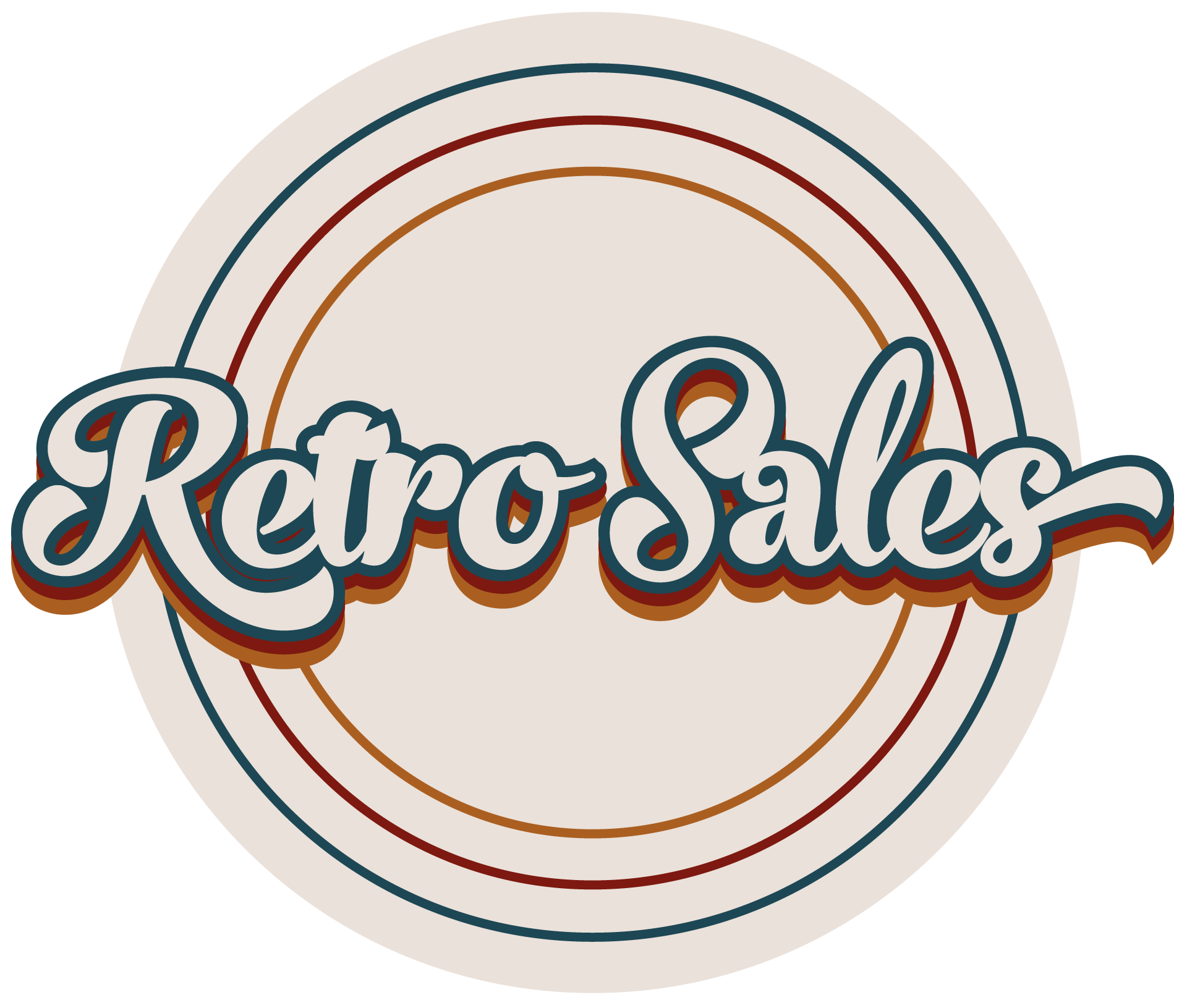
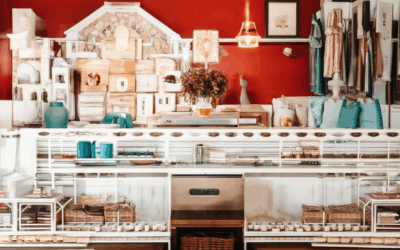
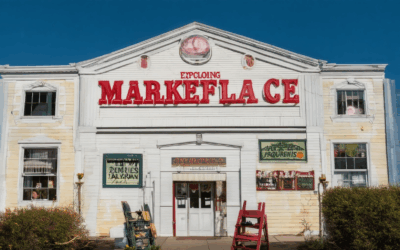
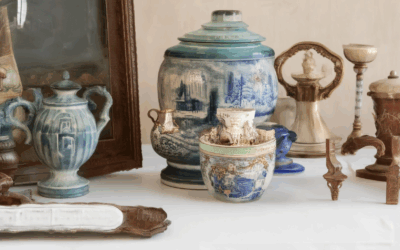
0 Comments